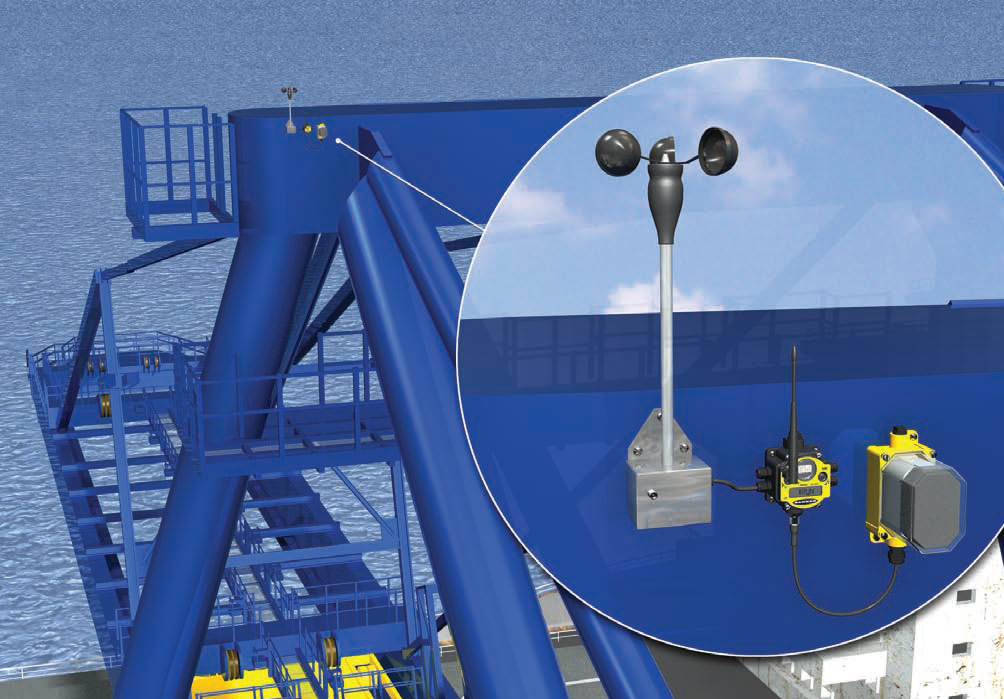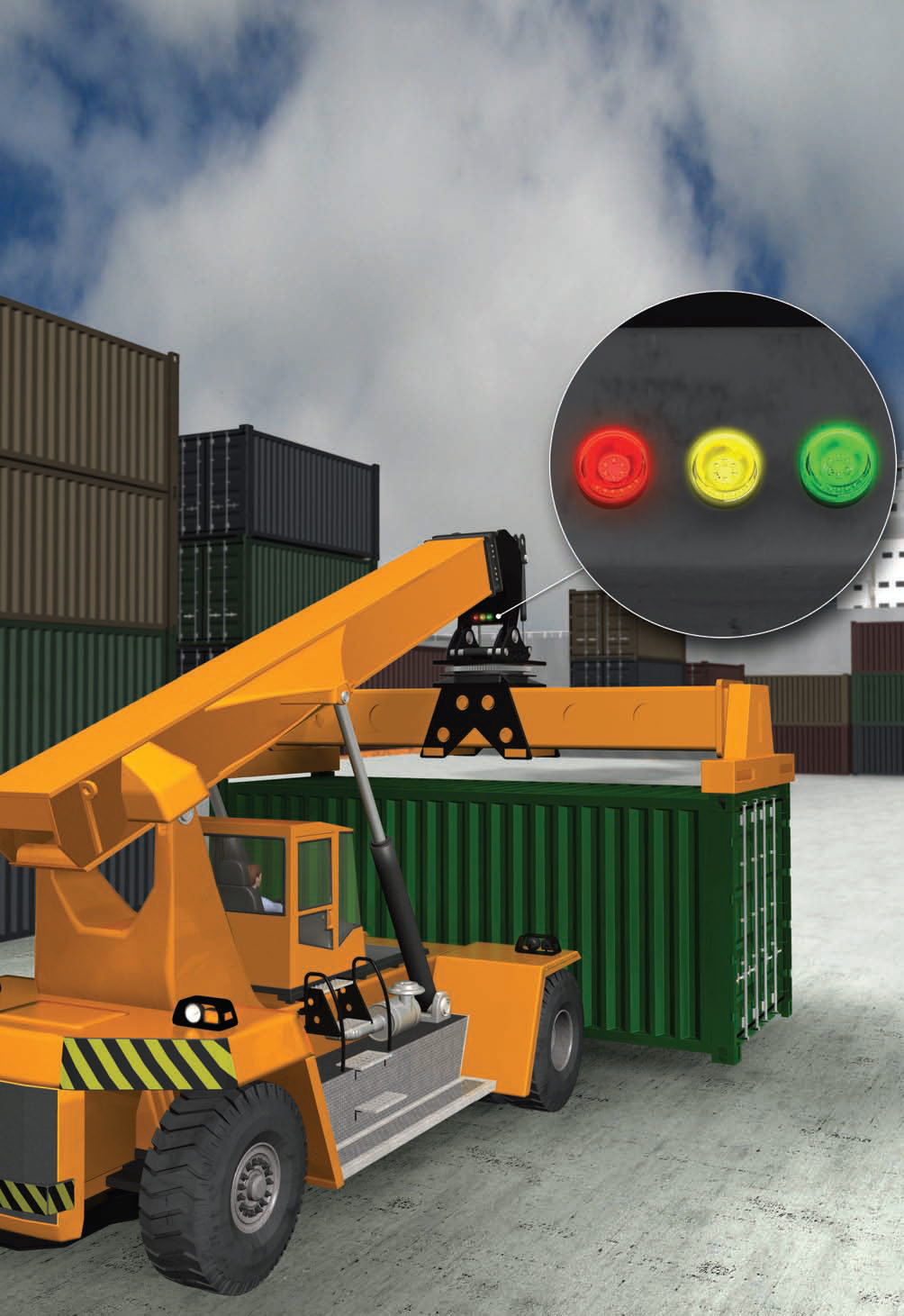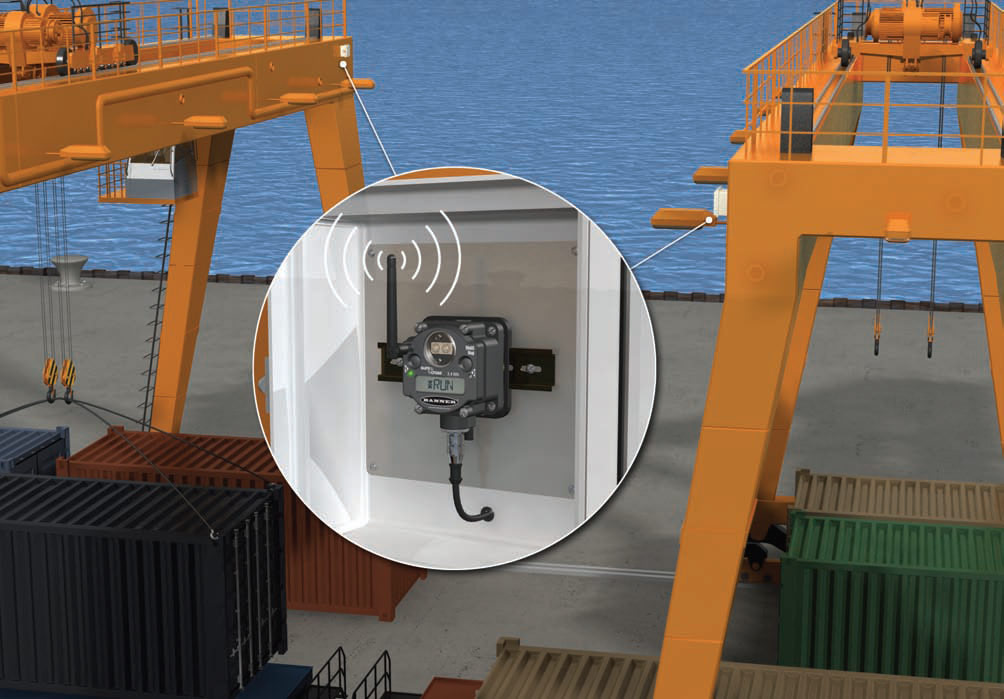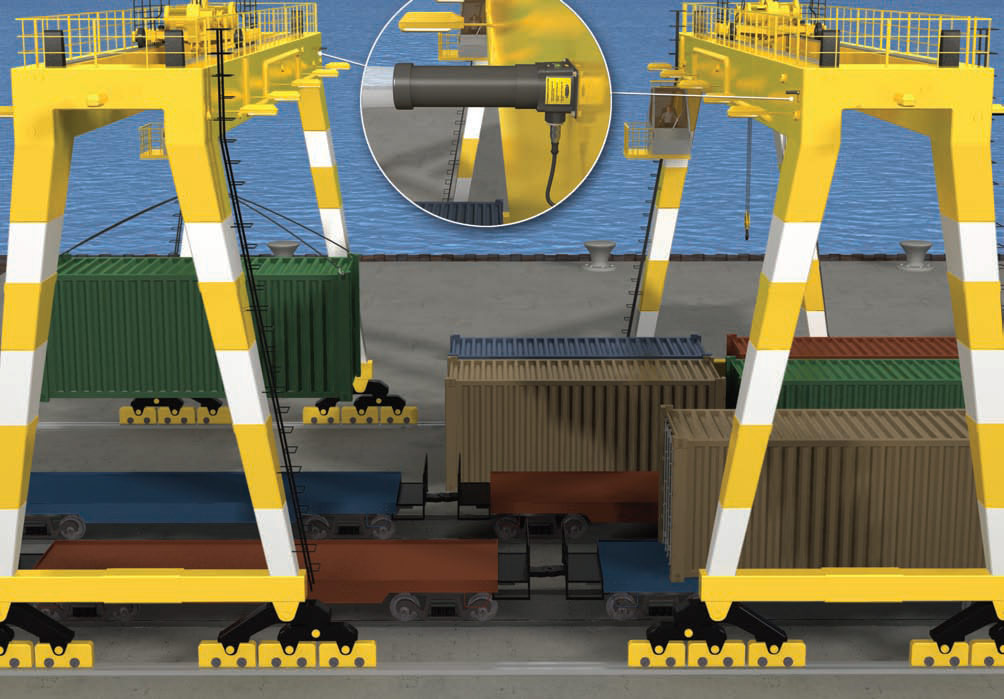Situational Awareness
25 January 2017Turck Banner is a joint venture between two sensor companies that brings a broad spread of products to the UK market. Keren Fallwell reports
Sensor manufacturers Hans Turck GmbH and Banner Engineering are two family-owned companies in two different continents, but in the UK they have adopted the philosophy that two are better than one.
25 years ago the German and American companies joined forces to create Turck Banner UK, a sales, marketing and technical support business for their products in the UK.
The collaboration owes its success largely to the fact that the two companies complement, rather than compete with each other.
Hans Turck manufactures inductive proximity sensors, capacitive proximity sensors, connectors, cables, cordsets, fieldbuses and automation controls, while Banner’s field is photoelectric sensors, ultrasonic sensors, machine safety, wireless solutions, and measurement and inspection technology.
“These are two very different approaches,” said Peter Gardner, managing director of Turck Banner UK.
“Over the years many products have been added by both organisations but there’s only a tiny overlap of products that uses the same technology.”
Joining forces benefits the companies and their customers. The two businesses can offer a wider product portfolio and share logistics and marketing.
“It keeps us competitive, and we also collaborate on R&D. There’s no point in both parties developing the same product range,” says Gardner.
Turck Banner’s products are used by manufacturers in fields ranging from automotive to pharmaceuticals, from food and beverage to chemicals, and oil and gas—and now it is also targeting port machinery such as cranes and spreaders.
Here it is employing anti-collision radar technology to help provide safer working environments and to reduce the potential of damage to equipment and cargo.
The radar sensors, which use frequency modulated continuous wave technology to detect moving or stationary obstacles, are well-suited to the harsh environment of a dockyard because they can withstand salt water, vibration and changes in temperature.
They are also reliable over long distances, even in extreme weather. “There are many factories where we’ve installed a sensor on the end stop of an overhead crane, but a new impetus for us is larger outdoor cranes,” says Gardner.
He points out that the radar sensors have the pedigree of Turck and Banner’s 50-year histories and knowhow behind them. The products have a robustness which Gardner says enables a “fit and forget” approach. The sensors operate at temperatures from -40°C to 65°C, carry a high IP rating, and can withstand vibration. Circuit boards are fully potted to safeguard against movement.
“This equipment is almost a scaled-up version of where the company started. The difference is, you don’t need ranges of a few millimetres, you need tens of metres. You don’t have cutting fluids and food processing wash-down to contend with, but you do have salt water and other extremes,” says Gardner.
“Everything is an evolution of an existing product—making a different connector, longer range or different colour lighting. The technology is proven.”
The detection sensors include the Q120RA range which has a narrow beam pattern and will detect objects from 1–40m. It has two independently adjustable sensing zones. A typical application could be gantry cranes or cranes on rails.
By contrast, the QT50R is a wide-angle device with a total beam angle of 90°. When used on a spreader, a radar sensor can detect the presence of a container and reduce the spreader dropping speed.
The radar sensors can supplement other devices, such as cameras, which may already be fitted to the machinery. “They can act as an early warning,” says Gardner.
Turck Banner also offers RFID to provide crane positioning information. The RFID tags are fixed on the ground and the crane carries the read head.
“It means there’s no need for encoders on the crane’s wheels which, over time, can get out of synchronisation, or if there’s a power down or power up you might not know where the crane is,” says Gardner. “Because the RFID tags are in the ground they work independently of any other system.”
Turck Banner’s wireless technology— SureCross wireless I/O—can also be retrofitted to cranes.
“It provides a central point that gathers data on whatever you want—status, position, wind speed or how many hours the crane has been working,” Gardner explains.
“It’s popular with people who may be upgrading older installations to give them the feature of new equipment without the expense of replacing everything.”
The technology can provide cable-free data communication between the hook and the cabin; communicate position data to synchronise independent or tandem movement control for overhead cranes; transmit distance data between cranes so several cranes can service the same area without collisions; and on a spreader can communicate information from load cells to the cabin.
The Banner side of the business has employed all its knowledge of making waterproof and robust sensors to produce a range of lighting products that provide status information.
The range includes the EZ-Light beacon light, which has such intense light levels it can be used in daylight. A typical port-side application could be providing status information on a spreader.
“This is very attractive for crane operators to have this information out in the field or in the cab,” says Gardner. “Traditionally to achieve a multi-status light system you’d have to buy a box, drill through it, put the lights in and put the package together. This is IP 67 and all you need is a bracket to put on the crane or in the cab.”
The QT50U ultrasonic sensor, which has a range of up to 8m, provides ultrasonic sensing from crane-to-crane or crane-to-obstacle.
The LT3 time-of-flight laser sensor has a range of 5–50m depending on the mode.
The range also includes the EZ-Light traffic light and the Work Light WLS28. With Turck Banner’s full package of products—radar for sensing, wireless I/O to relay data, and optics to provide visual information—the company can provide customers with a complete solution.
“Probably the biggest change in the last five years is our ability to offer a turnkey solution. Customers don’t want a box of bits where they have to work out how to get the things talking to each other. We can take that worry away,” says Gardner.
“We have a systems division in the company which discusses with the client what they want to achieve, eliminates pitfalls and designs a complete package.”
While component sales will remain an important part of Turck Banner’s business, specification contracts now account for 20–30% of turnover.
“We’ve found that over the years many clients may have demanned, or deskilled some of their departments and they don’t have the in-house expertise for specification work so the time was right in terms of how the market was developing,” says Gardner.
And, he adds, it is the combined strength of the Turck and Banner brands and knowhow that enables the UK company to provide these solutions. Between them, the two companies operate in 60 countries, employ 6,000 people and have a combined turnover of more than $800m.
For Turck Banner UK, which is based in Wickford, Essex, and employs 25 people around the country, 2016 has been a record year. That growth has been driven largely by the project-based solutions business, including some blue chip clients such as Rolls Royce.
“Sometimes clients have an existing solution that isn’t working as well as it could. It may be an ultrasonic system which is on the limit of its capabilities but because we have a large product family, we can offer something to solve the issue. It means we’re not trying to shoe horn the customer into one solution from the start.”
Some customers’ problems stem from incompatibility when they’ve bought different components from different suppliers and then find they don’t work.
“Not only are our systems compatible but that compatibility is carried forward into the newer products. There’s no point in developing a product that’s not compatible with the rest of the range, so there’s reassurance for customers,” says Gardner.
Turck Banner works with customers to tailor a solution to their needs and can also install the equipment, or work with the customer’s own contractor.
Hans Turck and Banner Engineering each invest heavily in R&D so continuing product development is assured.
“I think more on the lighting side will be launched soon. As well as status lighting we’re doing more illumination and spotlights,” says Gardner.
Linear encoders, angle sensing and inclination sensing are also being incorporated into products at present.



